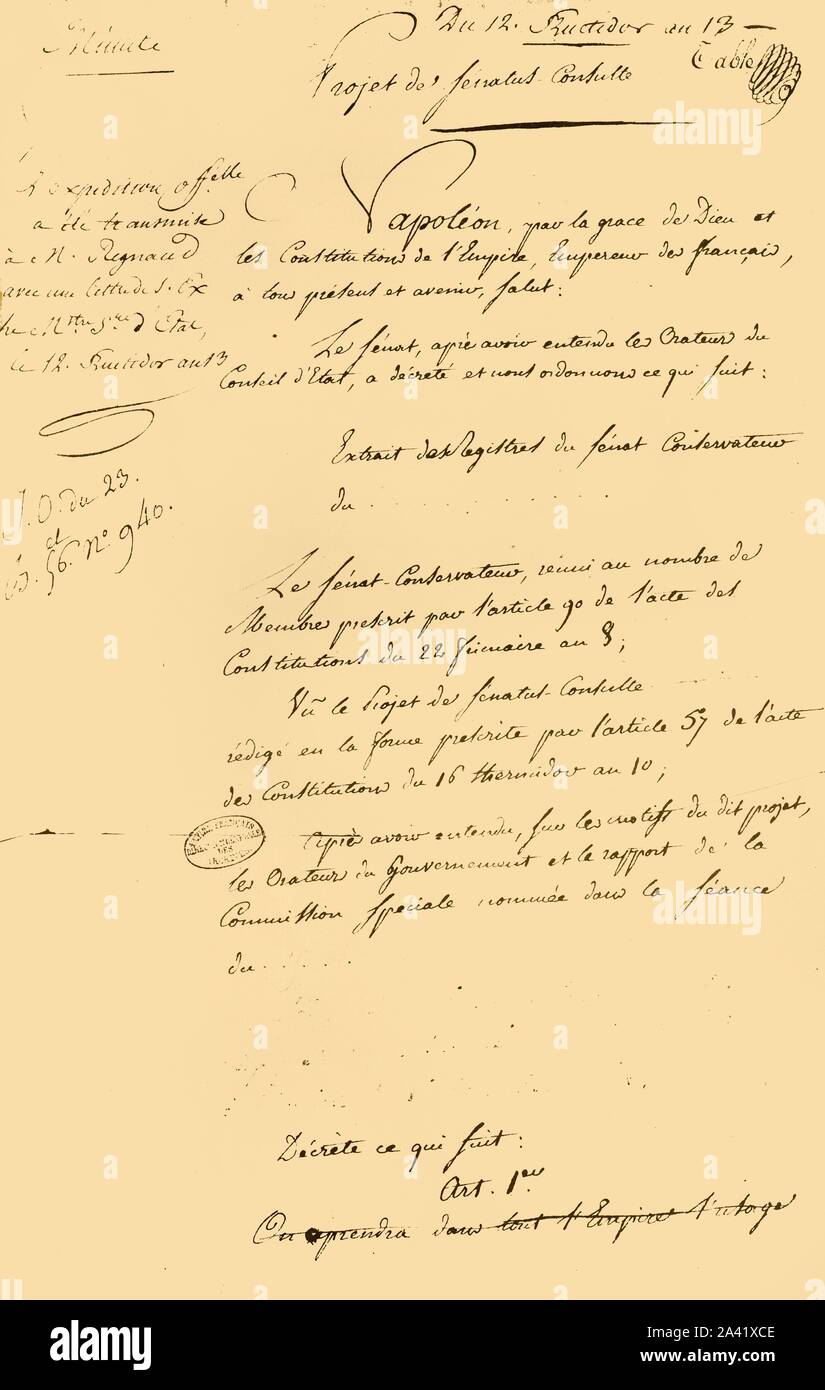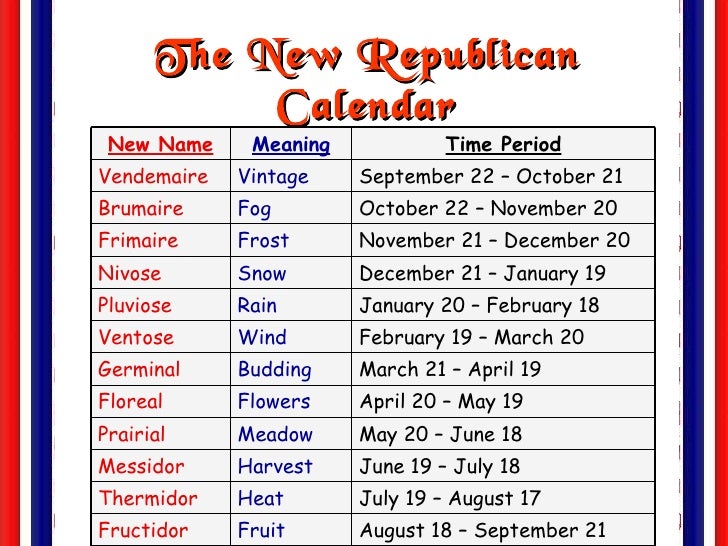

To remedy this, Wilkins conceived of a single, rational standard, based on the best science of his time, which all nations could equally share. The Europe of his time was divided by the use of innumerable different systems of measure, with each country using its own traditional units (and in many cases, a lack of even national standardisation meant that different regions within countries would use their own measures). The story of the metric system starts, somewhat unexpectedly, in 17th Century England, with the proposal by the natural philosopher John Wilkins for a consistently decimal system of units. Standardisation is, of course, unsexy, but it is a cornerstone of civilised existence in the age of industry, and it has become only more important since Whitworth’s day.

In Whitworth’s time, the problem was nonstandard fastener sizes causing unnecessary difficulties in the maintenance of steam engines (until 1841, the rail companies had all used different-sized screw threads, causing predictable frustration). Since at least the days of the 19th Century engineer Joseph Whitworth, who introduced some of the earliest widely-used engineering standards, there has been a consistent and necessary movement towards greater standardisation: the consolidation of existing standards into fewer, more rational ones, and the ever more widespread adoption of these rational standards. One of the great under-appreciated stories of our growth in knowledge as a species is that of our development, in modern history, of a standardised mathematical language of measurement: the International System of Units, also known as the SI.


 0 kommentar(er)
0 kommentar(er)
